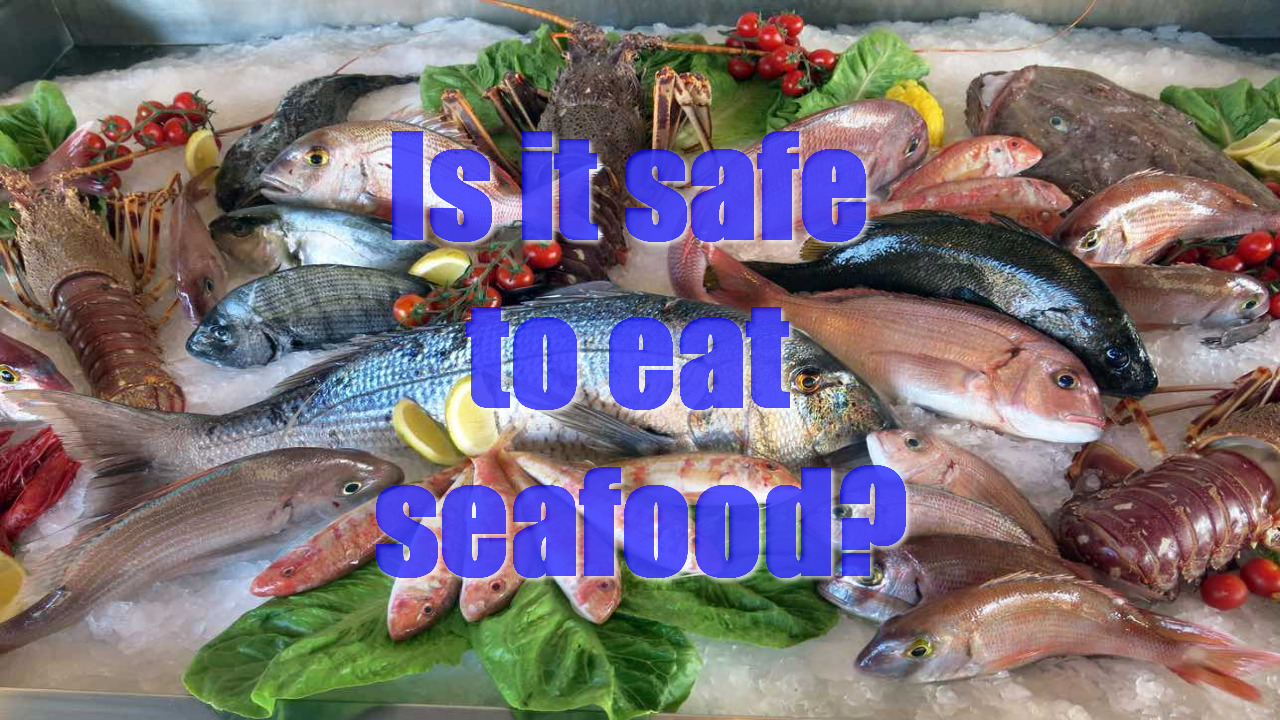Seafood has long been celebrated for its delectable taste and numerous health benefits. From succulent shrimp to flaky salmon, the world’s oceans and water bodies offer a wide array of delicacies that grace our plates. While seafood is undoubtedly a favorite among many, the question of its safety often arises due to concerns about pollution, contaminants, and overfishing. In this article, we’ll explore the safety of consuming seafood and shed light on the factors that influence our choices.
Benefits of Seafood Consumption

The benefits of including seafood in one’s diet are well-documented. Fish, in particular, is an excellent source of high-quality protein, essential omega-3 fatty acids, and various vitamins and minerals. These nutrients play crucial roles in supporting heart health, brain function, and overall well-being. Moreover, seafood consumption has been associated with a reduced risk of chronic diseases such as cardiovascular issues and certain types of cancer. The variety of seafood available allows individuals to choose options that align with their dietary preferences and health goals.
Contaminants in Seafood
While seafood offers a plethora of health benefits, concerns have arisen regarding potential contaminants present in the oceans and water bodies. Pollutants such as heavy metals (mercury, lead, cadmium), polychlorinated biphenyls (PCBs), and microplastics can find their way into the marine ecosystem. These contaminants can accumulate in the bodies of certain fish and shellfish, raising concerns about their impact on human health when consumed. This is especially pertinent for larger predatory fish, where the concentration of contaminants can be higher.
Health Concerns and Considerations

It’s important to note that the potential risks associated with consuming seafood are not uniform across all types of seafood. For instance, the concerns about mercury contamination are more relevant to fish with longer lifespans and higher up the food chain. This is where the mention of “best caviar in the world” comes into play, as caviar from certain sturgeon species, often considered a luxurious delicacy, can have varying levels of contaminants depending on their origin and processing methods. Pregnant women and young children, due to their vulnerability, are advised to be particularly cautious about the types and amounts of seafood they consume.
Sustainable Seafood Practices

The sustainability of seafood consumption goes beyond individual health considerations. Overfishing and destructive fishing practices have raised concerns about the long-term viability of seafood resources. By choosing sustainably sourced seafood, consumers can contribute to the health of marine ecosystems and support responsible fishing practices. Organizations like the Marine Stewardship Council (MSC) provide certifications for fisheries that meet certain sustainability criteria, helping consumers make environmentally conscious choices.
Making Informed Choices
To make informed decisions about seafood consumption, it’s essential to consider various factors. These include the species of seafood, its origin, fishing or farming methods, and potential contamination levels. Regulatory bodies in many countries set limits on the acceptable levels of contaminants in seafood, but staying informed about these regulations and guidelines is crucial. Choosing a variety of seafood, rather than relying heavily on a single type, can also help mitigate risks associated with contaminants.
Conclusion
In conclusion, the safety of eating seafood is a multifaceted issue that involves weighing the numerous health benefits against potential risks posed by contaminants. While concerns about pollution and contaminants are valid, informed choices can help mitigate these risks. By opting for sustainably sourced seafood, paying attention to consumption guidelines, and staying aware of the latest research, individuals can continue to enjoy the pleasures and advantages of seafood without compromising their health or the health of our oceans.


